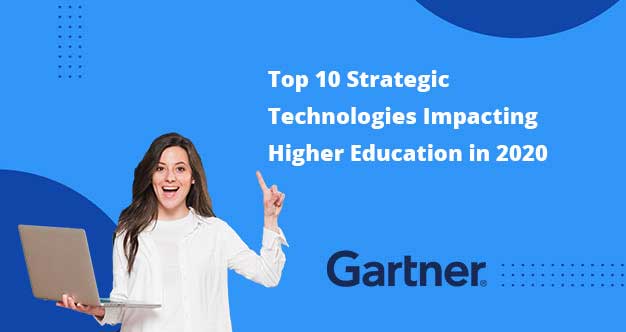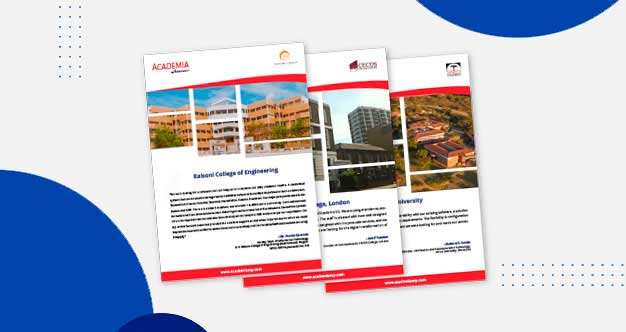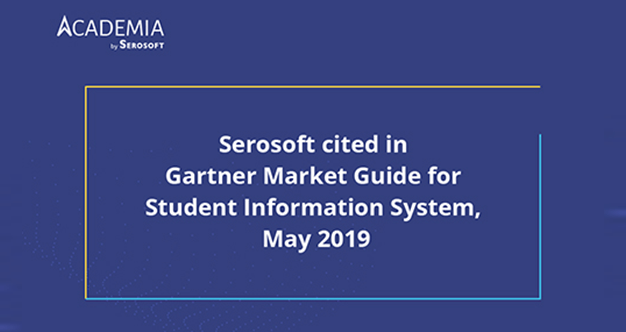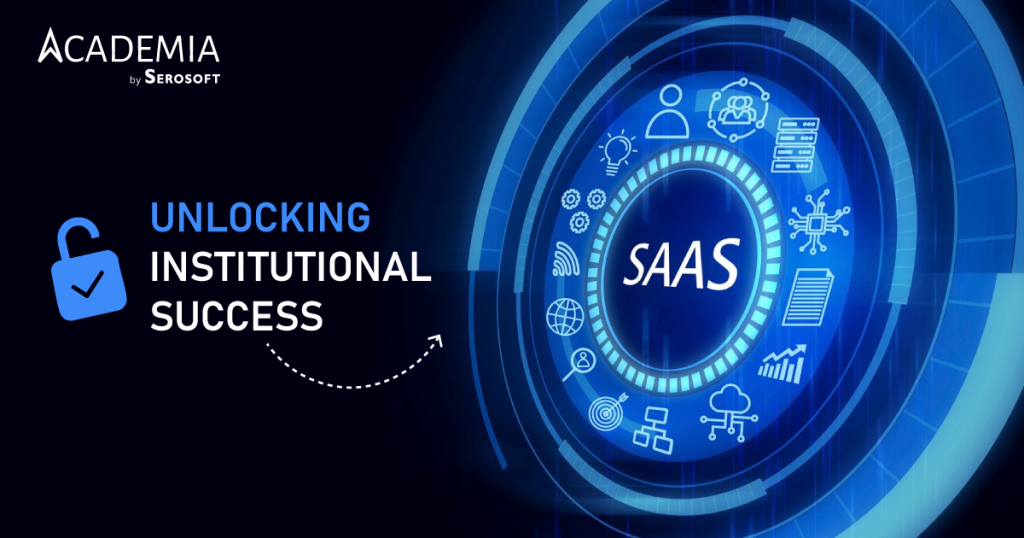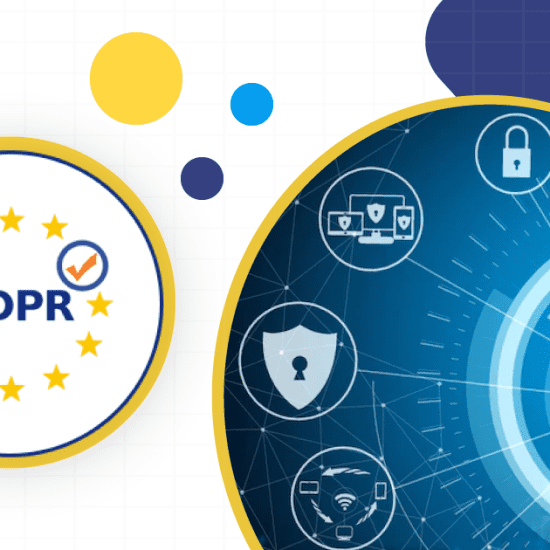Integration of Systems and Data: Enhancing Efficiency and Student Outcomes in Higher Education
Seamless integration of systems and data stands as a critical element in achieving operational excellence in the rapidly evolving landscape of higher education. The ability to seamlessly share and access data among various solutions has proven to be crucial in improving student outcomes and increasing efficiency across college campuses. This article explores the importance of systems integration in higher education, its benefits, the significance of real-time integration, and how it can contribute to increasing completion and retention rates. Additionally, we delve into whether integration is a one-time project or a continuous process.
What is Systems Integration and Why is it Crucial for Higher Education?
Systems integration, in essence, refers to the ability to share and access data across diverse solutions. This practice enables educational institutions to maximize the value of their systems by facilitating seamless communication and information sharing. Typically, institutions invest in specialized solutions for various functions. However, the real potential of such systems is fully realized when they are integrated. This integration allows for the automatic sharing of pertinent information, ensuring it’s readily available across the spectrum of systems. Academia ERP is one such pioneer service provider that excels in providing student information & ERP systems that are highly interoperable.
The Top Three Benefits of Integration of Data-
- Efficiency Gains: Integration capabilities eliminate the need for manual data entry. This not only saves time but also reduces the chances of errors. By streamlining processes and avoiding duplicated efforts, integration empowers staff to channel their efforts into activities that drive student success.
- Increased Value from Systems and Solutions: Integration empowers systems and solutions to access an extensive pool of data, amplifying their value. For instance, a system geared towards student retention becomes most effective when it can tap into a comprehensive view of a student’s campus involvement, even if this data resides in various systems. Through integration, educational institutions can provide holistic, personalized support to students, ultimately enhancing their success.
- Greater Insights for All Stakeholders: Integrated systems grant users access to a broader spectrum of data, enabling them to gain more comprehensive insights into their projects and work. Real-time access to up-to-date information is indispensable for effective decision-making and problem-solving. By adopting integrated systems, colleges and universities ensure that their stakeholders have effortless access to the information they need, enabling them to make informed decisions and offer enhanced support to students.
The Significance of Real-Time Integration with Academia ERP
In the realm of data synchronization, real-time integration reigns supreme. Outdated integration methods, such as batch processing, often fall short of delivering real-time synchronization. Real-time integration, on the other hand, ensures synchronized communication across all campus applications, guaranteeing that everyone has access to the latest information. This seamless access to up-to-date data not only enhances the student experience but also equips staff and faculty to provide timely and pertinent support.
Leveraging Integration for Enhanced Completion and Retention Rates
One of the primary reasons integration is a key concern for CIOs and campus leaders is its potential to enable personalized student advising. By integrating student data from various systems, advisors can gain a comprehensive understanding of each student’s situation. This eliminates the need for advisors to spend extensive time collecting information from multiple systems to prepare for advising sessions. With integrated systems, advisors can easily access critical information such as academic performance, financial status, and attendance records, enabling them to offer targeted support and guidance to students.
Moreover, integration plays a pivotal role in the early identification of at-risk students, thereby contributing to increased retention rates. For example, by analyzing data from the bursar’s office, advisors or financial aid personnel can promptly identify students facing financial difficulties. This valuable information allows institutions to intervene in a timely manner, providing the assistance needed to ensure that minor obstacles do not impede a student’s progress.
Integration: A Continuous Process with Academia ERP
Integration is not a one-time endeavor; it’s an ongoing process that adapts to the evolving needs and solutions of an institution. As departments and systems mature, they collect and share more information, necessitating ongoing integration efforts. This practice is not solely a technical undertaking but requires a cultural shift that fosters collaboration and data sharing. By embracing integration as a core value, colleges, and universities can fully unleash the potential of their systems and data, driving continuous improvement and enhancing the overall student experience.
Conclusion
The integration of systems and data is a cornerstone of higher education modernization. It enables colleges and universities to unlock the full potential of their solutions, enhance efficiency, and improve student outcomes. By adopting integrated systems, institutions streamline processes, eliminate duplicated efforts, and grant users real-time access to comprehensive and up-to-date information. This, in turn, empowers staff, faculty, and students to make data-driven decisions and take proactive steps toward success. Integration is not a one-time project but a continuous process that aligns with the evolving needs and solutions of the institution. Embracing integration as a core value allows colleges and universities to create a cohesive and efficient ecosystem that supports student success, with solutions like Academia ERP leading the way.
Related Posts:
 Higher Ed Plans
Higher Ed Plans K12 Plans
K12 Plans
